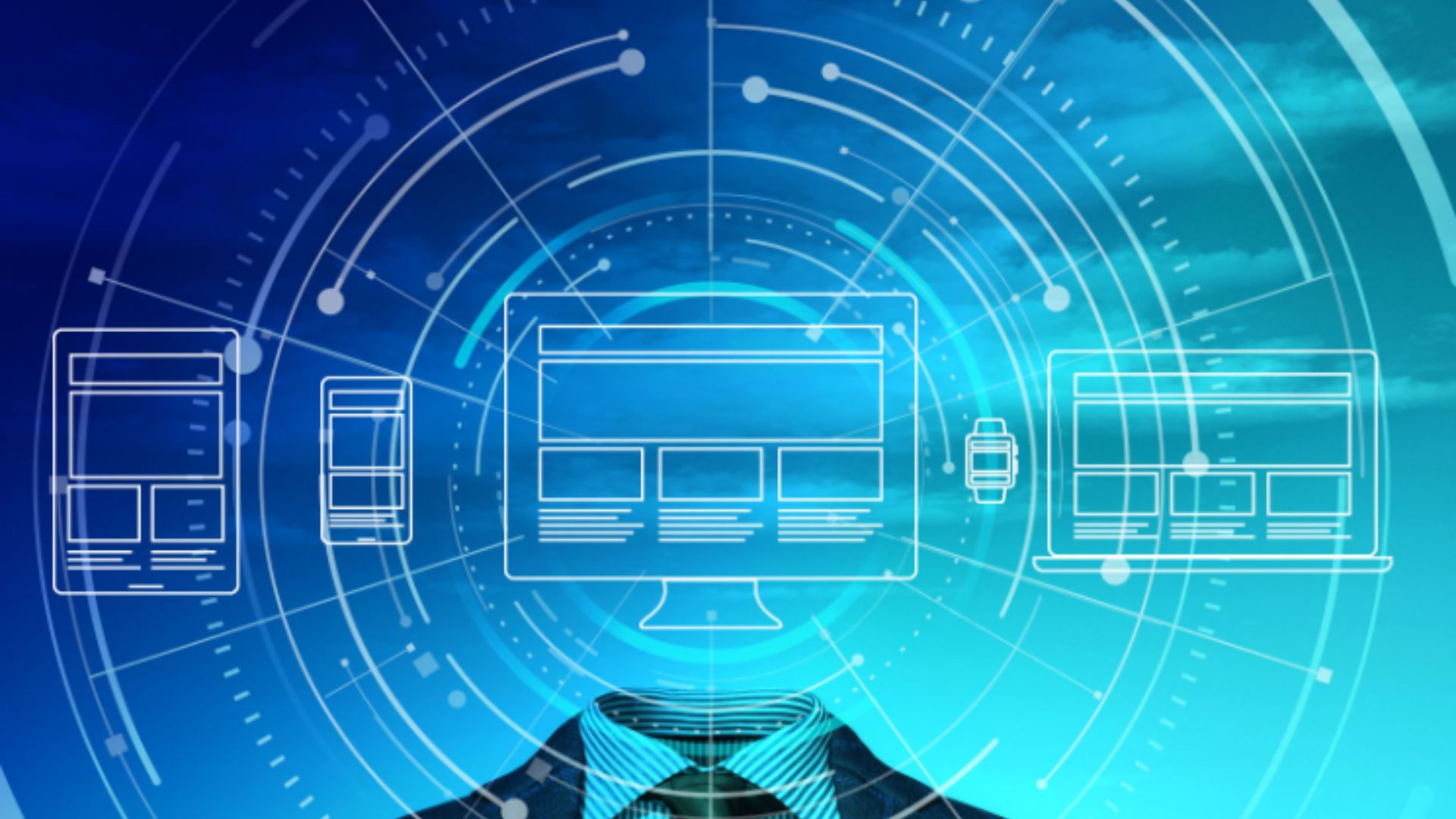For years, websites have relied on monolithic Content Management Systems (CMS). These all-in-one systems bundle content creation with front-end presentation. But what if content could be managed independently, delivered seamlessly across any platform? Enter Headless CMS, a revolutionary approach that’s transforming website development.

The Limitations of Traditional CMS: A Boxed-In Experience
Traditional CMS systems can feel restrictive. They often limit you to pre-designed templates and functionalities. Adding new features or integrating with other platforms can be complex and time-consuming. Furthermore, scaling content management for large websites becomes cumbersome.
Headless CMS breaks free from these limitations. Here’s how:
Headless Revolution: Unleashing Content Freedom
Decoupled CMS separates the back-end content management system (CMS) from the front-end presentation layer. Imagine a website as a car. The traditional CMS approach combines the engine (content management) with the body (design and functionality) in one unit. Headless CMS, on the other hand, is like having a powerful engine that can be paired with any car body.
This separation offers immense benefits:
- Flexibility: Create unique user interfaces and experiences without limitations imposed by the CMS.
- Scalability: Manage content for a single website or a network of sites with ease. The headless architecture simplifies content scaling.
- Omnichannel Delivery: Deliver content seamlessly across any platform – websites, mobile apps, smart TVs, and beyond. Decoupled CMS empowers true omnichannel content delivery.
Headless CMS empowers developers to build dynamic and engaging websites, while content creators can manage information efficiently, ensuring a smooth workflow.
Unveiling the Headless Architecture: How it Works
So, how does a headless CMS function? Here’s a simplified breakdown:
- Content Creation: Content creators use a user-friendly back-end interface to create, edit, and manage content (text, images, videos).
- API (Application Programming Interface): The headless CMS exposes content through an API, a communication channel that allows other systems to access and retrieve content.
- Front-End Development: Developers leverage the API to fetch content and build the website’s user interface using their preferred frameworks and languages.
This separation allows for greater flexibility and customization, pushing the boundaries of website development.
Security Enhancements
Traditional CMS systems often store content and presentation logic in the same place. This can create security vulnerabilities. Online casinos often use Headless CMS, which separates content from presentation, potentially reducing the attack surface and making websites more secure.
This separation allows for greater flexibility and customization, pushing the boundaries of website development.
Headless CMS: The Future of Web Development?
While traditional CMS systems still have their place, headless CMS is rapidly gaining traction. Here’s why:
- Future-Proofing Websites: The ability to deliver content across various platforms is crucial in today’s ever-evolving digital landscape. Decoupled CMS empowers websites to adapt to future technologies.
- Enhanced Developer Experience: Content API offers greater freedom and flexibility for developers, allowing them to leverage their expertise and build innovative web experiences.
- Focus on Content Management: Content creators can focus on what they do best – creating high-quality content – while developers handle the technical aspects of presentation.
Headless CMS is not just a trend; it’s a paradigm shift in website development. It offers a powerful and flexible solution for businesses looking to create dynamic and engaging web experiences that can thrive in the ever-evolving digital landscape. So, if you’re looking to break free from the limitations of traditional CMS and unleash the true potential of your website, consider exploring the headless revolution.

